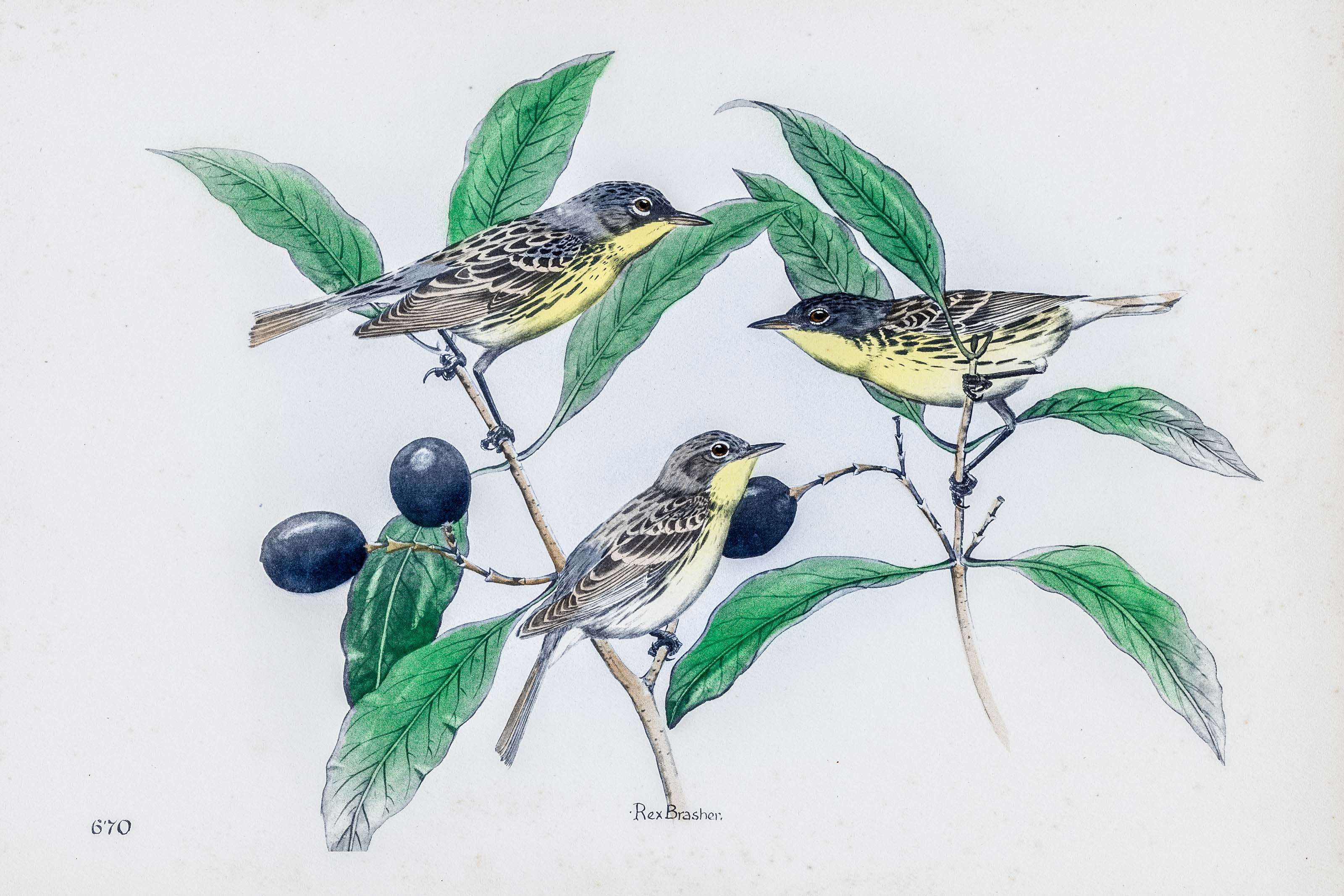
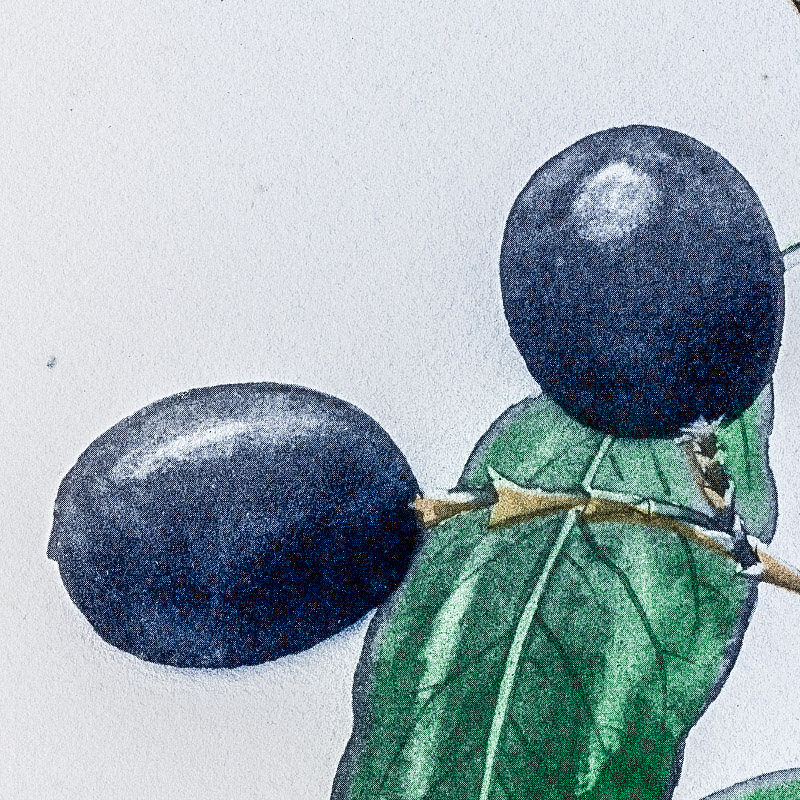
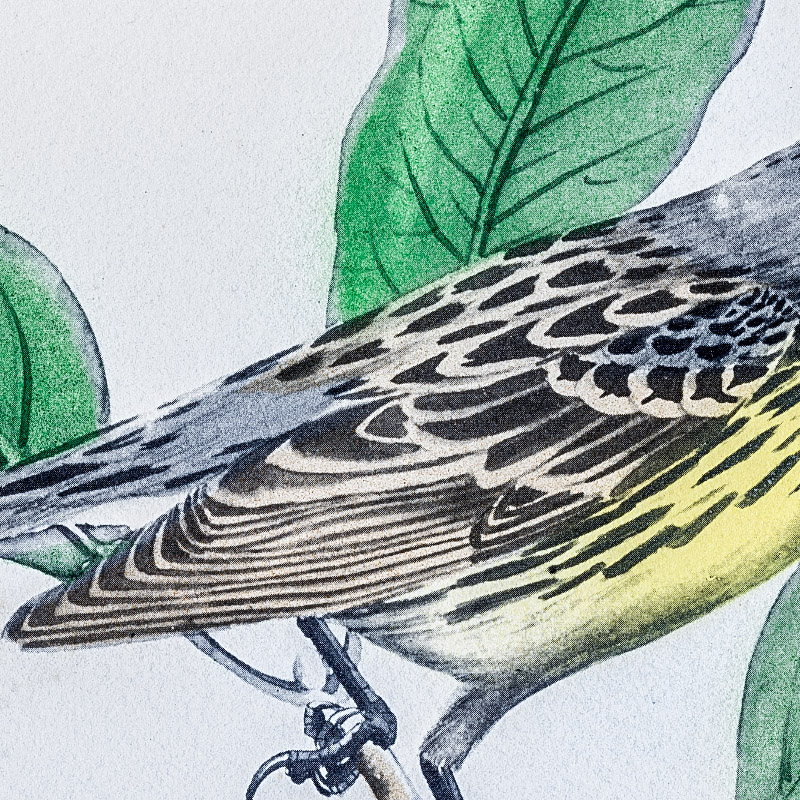
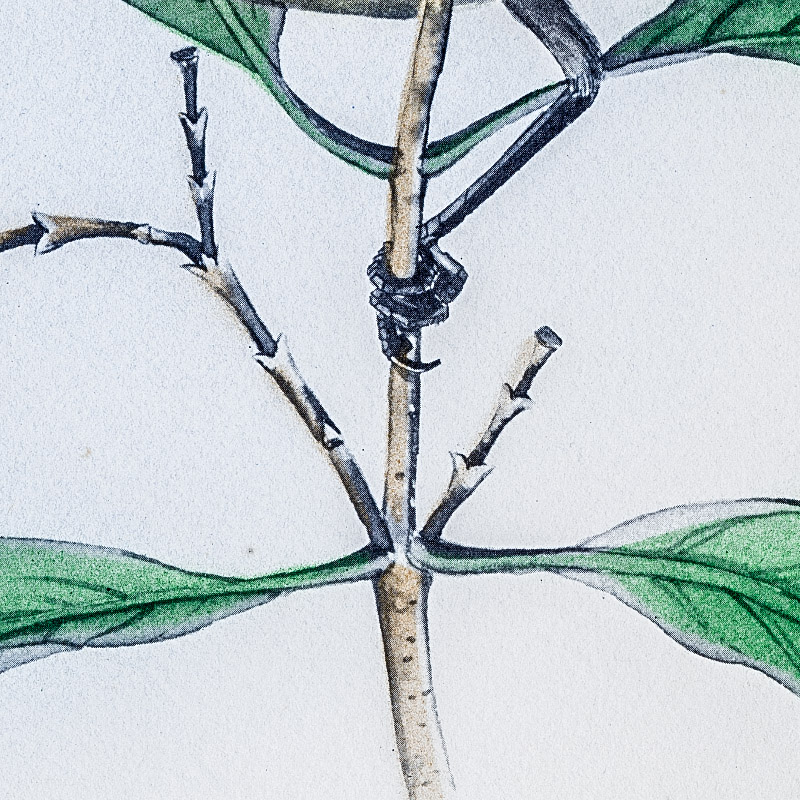
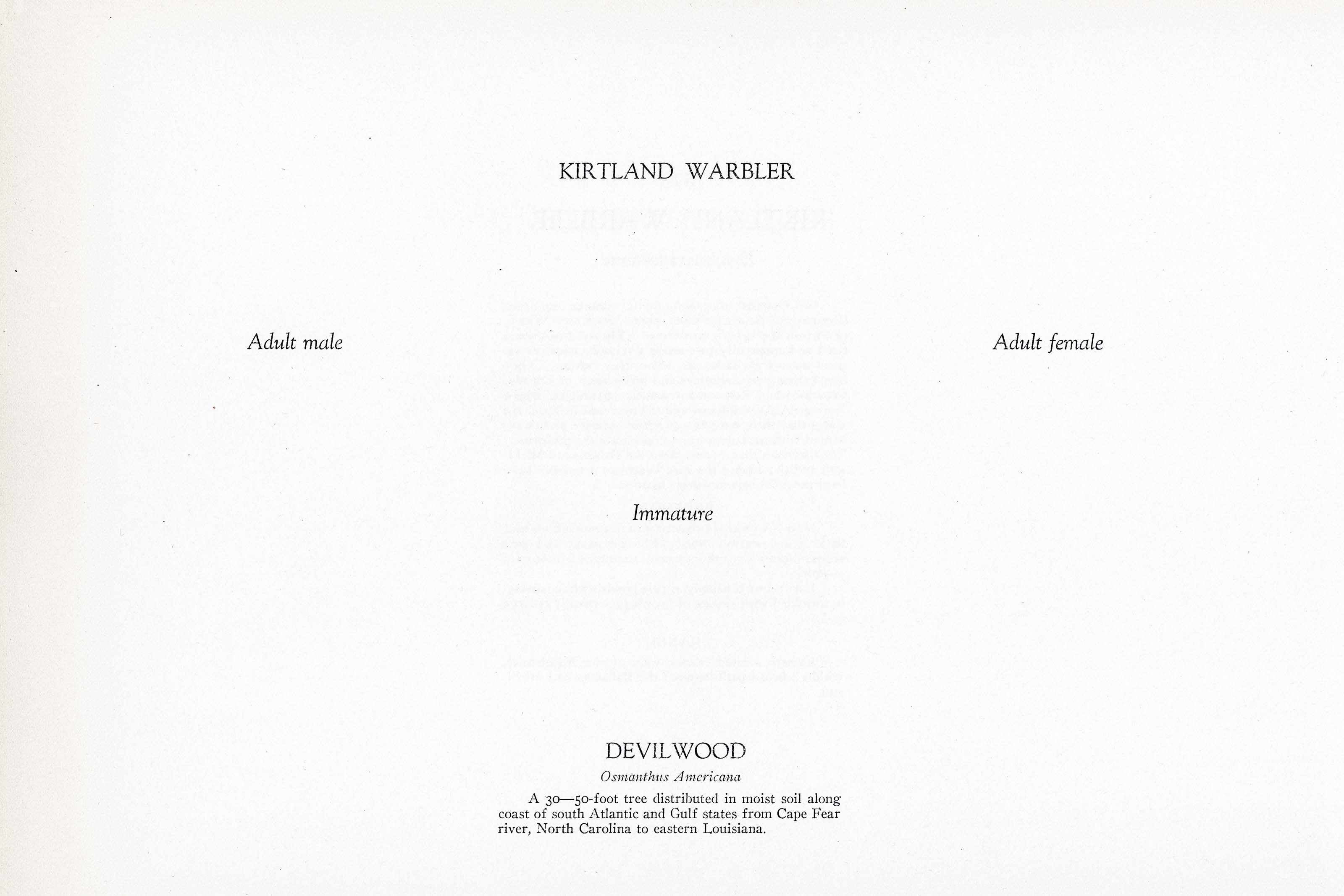
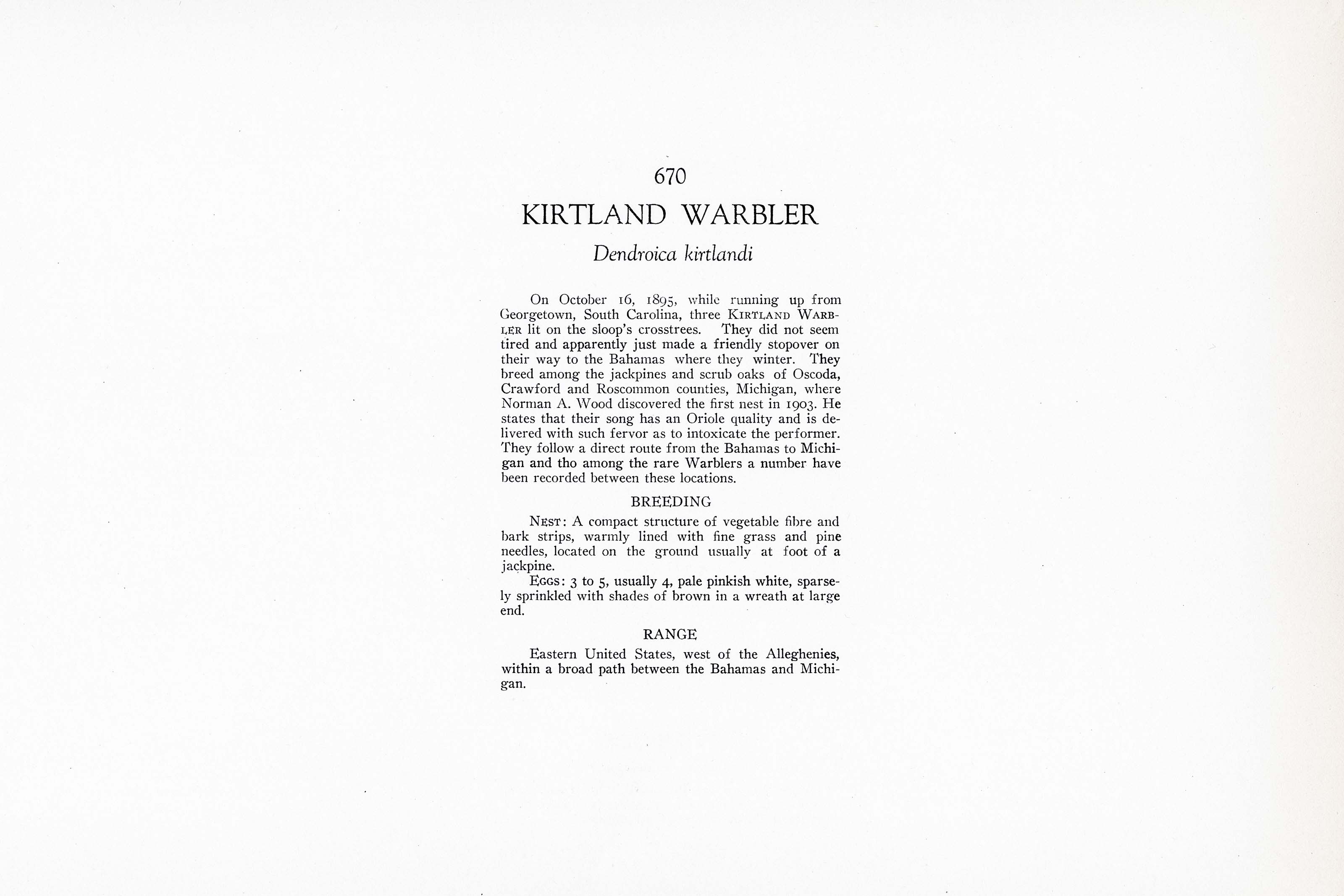

Unknown
1930
11
670
A team of dedicated board members, volunteers, and student interns has published every page in Volume 9. This volume includes 360 images of paintings and lyrical descriptions of birds, now available online for everyone to enjoy anywhere in the world. This is a monumental task. Each volume requires approximately 400 hours to photograph, edit, transcribe, catalog, and publish online. We need your support to complete this work.
If you're tech-savvy, have a good eye, are meticulous with details, and love structured data, please consider volunteering by emailing us at hello@rexbrasher.org.
We encourage all bird lovers and supporters to consider a monetary donation to support our mission to make Rex's work available for everyone. You can provide a one-time or recurring donation online.
On October 16, 1895, while running up from Georgetown, South Carolina, three KIRTLAND WARBLER lit on the sloop's crosstrees. They did not seem tired and apparently just made a friendly stopover on their way to the Bahamas where they winter. They breed among the jackpines and scrub oaks of Oscoda, Crawford and Roscommon counties, Michigan, where Norman A. Wood discovered the first nest in 1903. He states that their song has an Oriole quality and is delivered with such fervor as to intoxicate the performer. They follow a direct route from the Bahamas to Michigan and tho among the rare Warblers a number have been recorded between these locations.
NEST: A compact structure of vegetable fire and bark strips, warmly lined with fine grass and pine needles, located on the ground usually at foot of a jackpine.
EGGS: 3 to 5, usually 4, pale pinkish white, sparsely sprinkled with shades of brown in a wreath at large end.
Eastern United States, west of the Alleghenies, within a broad path between the Bahamas and Michigan.
A 50-foot tree growing in damp soil; distributed thru the Coast region from Cape Fear River, North Carolina to eastern Louisiana.